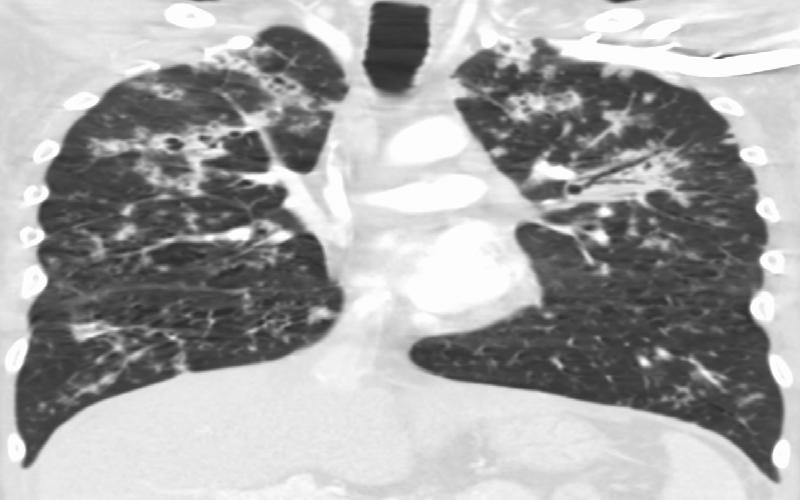What is Tuberculosis ? Symptoms of TB, Its Causes and Treatment for Tuberculosis


Ever since the civilization of humans started, one of the oldest diseases that caused the death of many of our ancestors is Tuberculosis. It has been with us for about 9,000 years.
Tuberculosis or Koch’s disease is a chronic (goes on and off for more than two weeks) infectious disease of the lungs caused by one specific type of bacteria. These bacteria, called mycobacterium tuberculosis invade in the body and can stay for years. They can also invade other organs aside from the lungs.
Tuberculosis has been considered one of the world’s deadliest diseases. In the Philippines, it remains to be a major public health concern.
The mycobacterium tuberculosis spread from one person to another through droplet contact. The tiny droplet comes from an infected person who coughs, sneeze, spit, laugh, or sings.
Although the disease is contagious, it is not contagious as other communicable diseases do. Healthcare experts have found out that a person can get TB easily from someone you are living or working with than from someone who is a stranger.
Commonly, it occurs among malnourished individuals, the elderly and children living in crowded and squatter areas.
Immunocompromised persons, specifically those with HIV are also at high risk of acquiring TB.
There are now anti-biotic medicines which are prescribed to treat Tuberculosis. But compared to the treatment available to ordinary infections, it is more difficult. The anti-biotic therapy would take about 6 months to completely eradicate the bacteria. Some patients may even extend up to nine months.
The doctor usually requires the patient to take at least 3-4 drugs on the course of the whole therapy. These are Isoniazid, Rifampicin, Ethambutol and Pyrazinamde. Streptomycin can also be included and can become another option in the therapy. Usually, the regimen is to take all four drug combination which last for 2 months. Then, only two to three drug combination shall be taken for the rest of the therapy.
It is not enough to just comply with taking in one medication in the treatment course because the bacteria may become resistant to the drug. However, because of modern drug preparations, a patient can take all three to four drugs combined in one tablet.
In addition, the dosage and the number of tablets to be taken will depend on the weight of the client.
Despite seeing an almost successful treatment of TB, we should remember that people can still die from it. The principal causes are delayed therapy and poor management of both medication and personal measures. Here are some tips for active TB patients.
Loaded with B vitamins, lactic acid, alpha hydroxy acids, calcium, protein, biotin, magnesium, selenium and a lot of skin-friendly anti-oxidants, milk has endless benefits for your health, skin and hair. Milk works to lighten your skin and keep it moisturized and healthy by combating free radicals that damage your skin.
We are going to do BB vs CC cream comparison and look at the major differences between BB and CC cream. Apart from the difference in name, there are many other differences between two.
Coconut oil is becoming popular in beauty aisles for its skin healing and medicinal properties that remove blemishes and dullness from your skin. You can whip up face packs using coconut oil for all skin types.